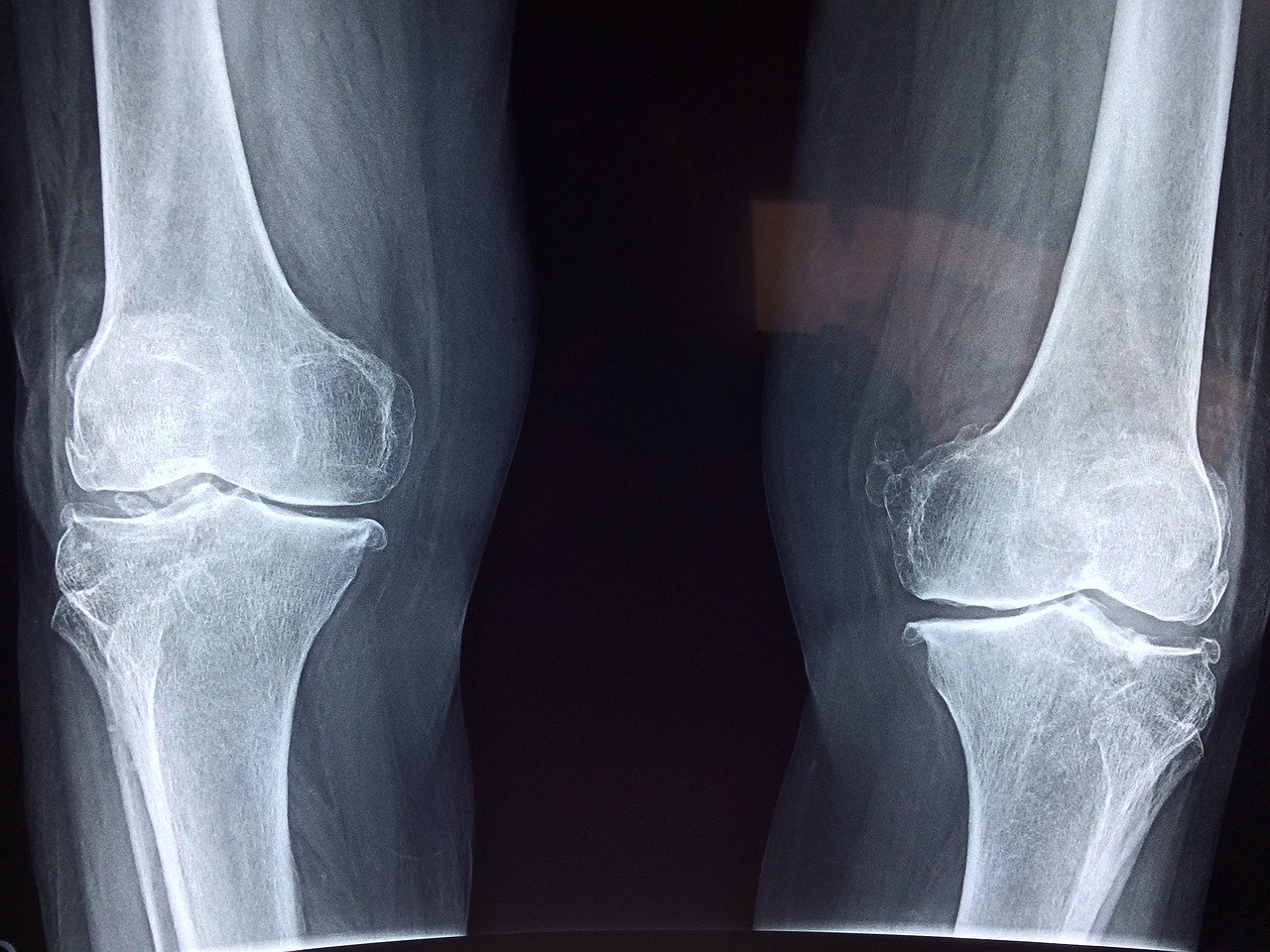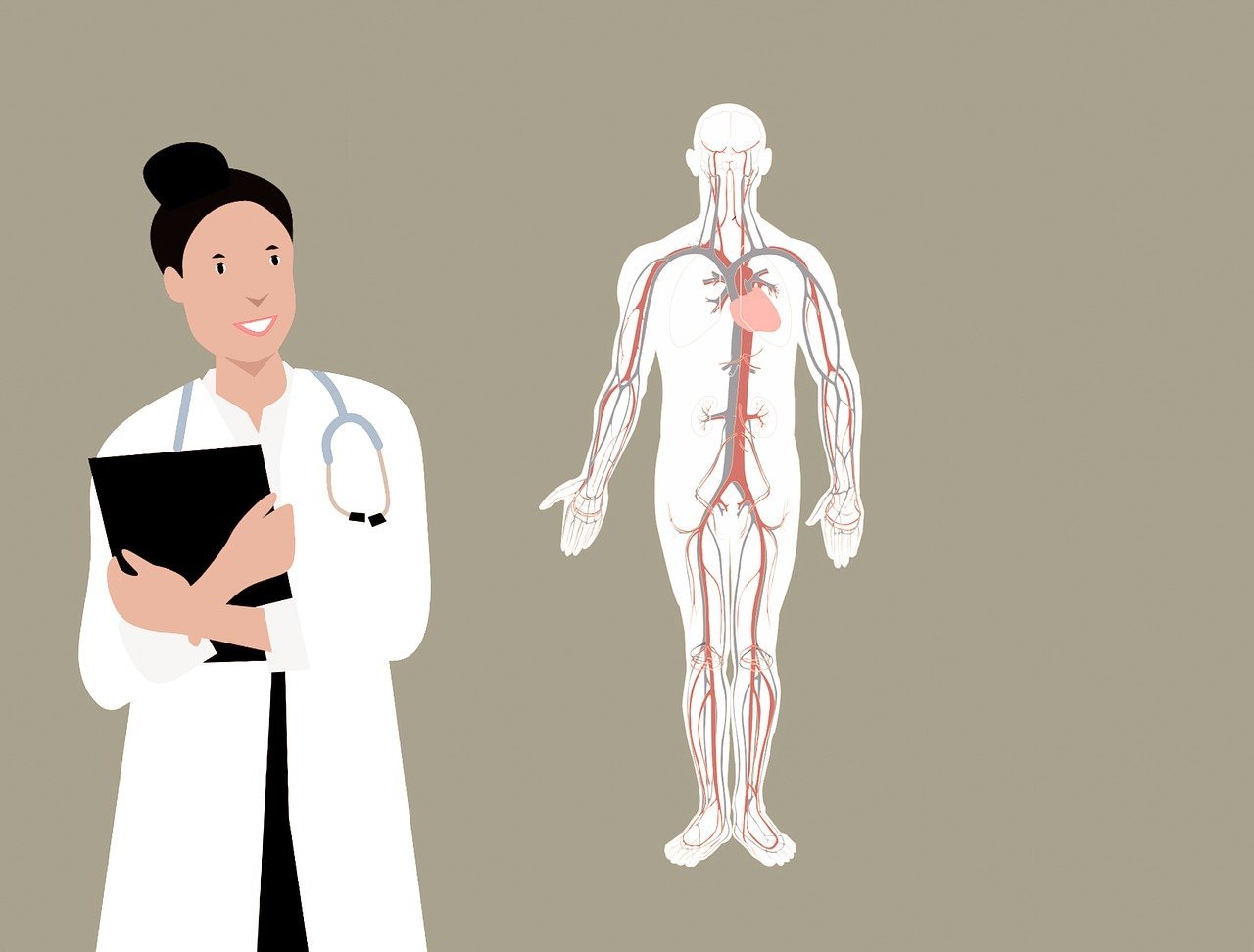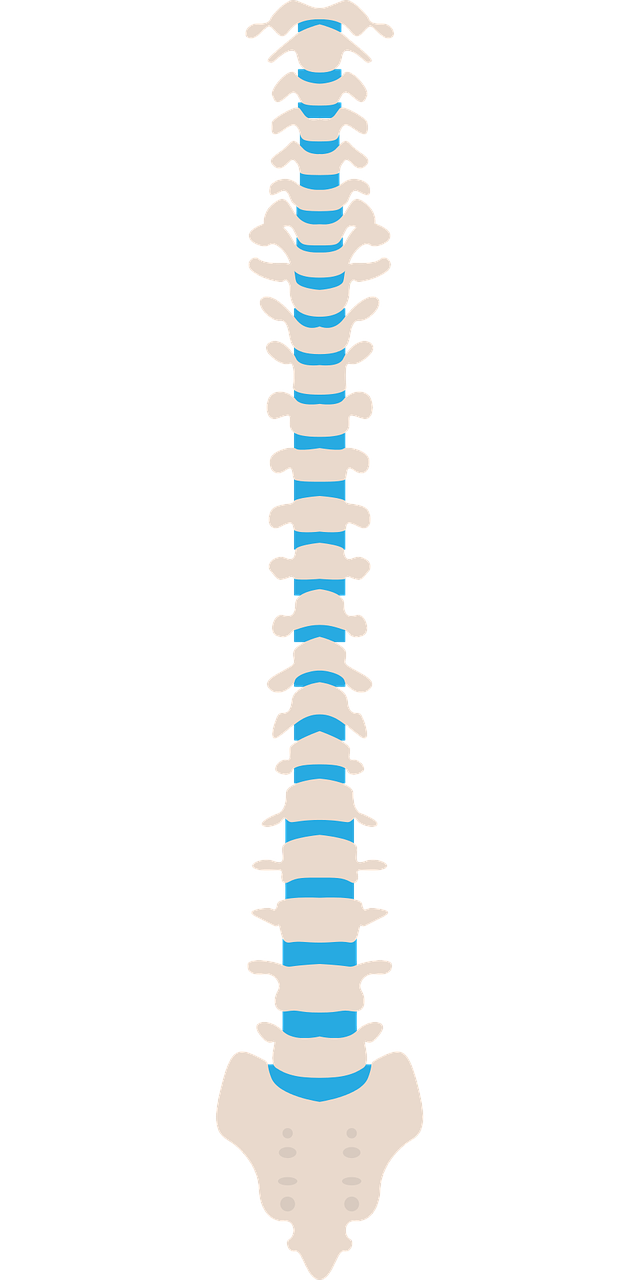
If you’ve ever experienced nighttime shoulder pain, you know how disruptive it can be to your sleep and overall well-being. Whether it’s a dull ache or a sharp stabbing sensation, this discomfort can leave you feeling frustrated and desperate for relief. In this article, we will explore the various causes of nighttime shoulder pain, shedding light on the potential culprits behind your restless nights. From shoulder injuries to medical conditions, we will uncover the secrets to understanding and addressing this common nocturnal nuisance. So, get ready to bid farewell to the tossing and turning, and say hello to a restful night’s sleep once again.

Anatomy of the Shoulder
The shoulder is a complex joint that allows for a wide range of motion and flexibility. It is made up of several important components, including the bones, joints, muscles, ligaments, and the rotator cuff.
Shoulder Bones
The shoulder consists of three main bones: the humerus (upper arm bone), the scapula (shoulder blade), and the clavicle (collarbone). These bones work together to provide stability and support to the shoulder joint.
Shoulder Joints
There are three main joints in the shoulder: the glenohumeral joint, the acromioclavicular joint, and the sternoclavicular joint. The glenohumeral joint is the main joint responsible for shoulder movement and is located where the humerus meets the scapula. The other two joints connect the clavicle to the scapula and sternum, providing additional support to the shoulder.
Shoulder Muscles
The shoulder is surrounded by a group of muscles known as the rotator cuff. These muscles, including the supraspinatus, infraspinatus, teres minor, and subscapularis, help stabilize the shoulder joint and facilitate movement. In addition to the rotator cuff, there are several other muscles in the shoulder that contribute to its strength and mobility.
Shoulder Ligaments
Ligaments are strong bands of connective tissue that help hold the bones of the shoulder joint together. The ligaments in the shoulder include the glenohumeral ligaments, which stabilize the glenohumeral joint, and the acromioclavicular and coracoclavicular ligaments, which stabilize the acromioclavicular joint.
Rotator Cuff
The rotator cuff is a group of muscles and tendons that surround the shoulder joint. It plays a crucial role in shoulder stability and movement. The rotator cuff can be prone to injuries, such as tears, which can cause pain and limit range of motion.
Inflammatory Conditions
Inflammatory conditions are common causes of shoulder pain, particularly in the form of bursitis, tendonitis, and frozen shoulder.
Bursitis
Bursitis occurs when the small fluid-filled sacs called bursae, which cushion the shoulder joint, become inflamed. This can cause pain and limited mobility. Bursitis is often associated with overuse or repetitive motions, such as throwing or lifting heavy objects.
Tendonitis
Tendonitis is the inflammation of the tendons, which are the thick cords that attach muscles to bones. In the shoulder, tendonitis can occur in the rotator cuff tendons or the biceps tendon. It often results from repetitive overhead motions or improper technique during physical activities.
Frozen Shoulder
Frozen shoulder, also known as adhesive capsulitis, is a condition characterized by stiffness and pain in the shoulder joint. It occurs when the tissues surrounding the shoulder joint become thickened and tight, limiting movement. The exact cause of frozen shoulder is unknown, but it is believed to be associated with hormonal imbalances, diabetes, and certain medical conditions.

Shoulder Impingement Syndrome
Shoulder impingement syndrome occurs when the tendons or bursae in the shoulder become compressed or irritated as they pass through a narrow space between the bones. This can lead to pain, inflammation, and limited mobility.
Causes
The most common causes of shoulder impingement syndrome include repetitive overhead activities, such as throwing a ball or swimming, poor posture, muscle imbalances, and structural abnormalities in the shoulder.
Symptoms
Symptoms of shoulder impingement syndrome may include pain with overhead activities, weakness in the affected arm, limited range of motion, and a popping or clicking sensation when moving the shoulder.
Treatment
Treatment for shoulder impingement syndrome typically involves rest, physical therapy to strengthen the shoulder muscles and improve flexibility, pain management through medication or injections, and in severe cases, surgery to remove any obstructions in the shoulder joint.
Shoulder Dislocation
Shoulder dislocation occurs when the humerus bone is forced out of its socket in the glenohumeral joint. This can cause severe pain and immobility.
Types of Shoulder Dislocation
There are two main types of shoulder dislocation: anterior dislocation, which occurs when the humerus bone is forced forward out of its socket, and posterior dislocation, which occurs when the humerus bone is forced backward out of its socket.
Causes
Shoulder dislocations are often caused by trauma, such as a fall, sports injury, or car accident. Certain activities that involve repetitive overhead motions can also increase the risk of shoulder dislocation.
Symptoms
Symptoms of shoulder dislocation may include intense pain, swelling, bruising, difficulty moving the arm, and a visibly deformed shoulder.
Treatment
Treatment for shoulder dislocation usually involves reducing the dislocated joint back into its socket through a process called closed reduction. Afterwards, the shoulder may be immobilized with a sling or brace to allow for healing. Physical therapy may also be recommended to restore range of motion and strengthen the shoulder muscles.

Arthritis
Arthritis is a common condition that can affect various joints in the body, including the shoulder.
Osteoarthritis
Osteoarthritis is a degenerative joint disease that occurs when the protective cartilage in the joints wears down over time. It can lead to pain, stiffness, and reduced mobility in the shoulder joint.
Rheumatoid Arthritis
Rheumatoid arthritis is an autoimmune disease that causes chronic inflammation in the joints, including the shoulder. It can result in pain, swelling, and damage to the cartilage and surrounding tissues.
Shoulder Fractures
Shoulder fractures can occur in any of the three main bones of the shoulder, namely the clavicle, humerus, and scapula.
Clavicle Fracture
A clavicle fracture, also known as a broken collarbone, is a common shoulder injury, particularly among athletes and those involved in high-impact sports. It typically causes pain, swelling, and difficulty moving the arm.
Humeral Fracture
A humeral fracture refers to a break in the upper arm bone (humerus). It can occur closer to the shoulder joint or further down the shaft of the bone. Symptoms may include severe pain, bruising, and deformity of the arm.
Scapula Fracture
A scapula fracture, although less common, can also occur as a result of trauma. It is often accompanied by intense pain, limited arm movement, and swelling in the shoulder area.

Referred Pain
Shoulder pain can sometimes be a symptom of underlying issues in other parts of the body.
Neck Problems
Issues in the neck, such as muscle strains, herniated discs, or pinched nerves, can cause pain that radiates to the shoulder. Treating the underlying neck problem usually alleviates the referred shoulder pain.
Heart Conditions
In some cases, shoulder pain may be a symptom of heart conditions, such as a heart attack or angina. It is important to seek medical attention if shoulder pain is accompanied by chest pain, shortness of breath, or other signs of a heart problem.
Overuse or Repetitive Strain Injuries
Overuse or repetitive strain injuries occur when the shoulder is subjected to excessive or repetitive stress. They can lead to various conditions, including rotator cuff tears, labral tears, biceps tendonitis, and shoulder impingement.
Rotator Cuff Tears
Rotator cuff tears can occur as a result of repetitive overhead movements, trauma, or degenerative changes over time. Symptoms may include pain, weakness, and limited range of motion in the shoulder.
Labral Tears
A labral tear refers to a tear in the cartilage that surrounds the shoulder socket. It can be caused by repetitive motions, shoulder dislocation, or trauma. Common symptoms include pain, clicking or popping sensations, and a feeling of instability in the shoulder.
Biceps Tendonitis
Biceps tendonitis is the inflammation of the tendon that connects the biceps muscle to the shoulder joint. It often occurs as a result of repetitive overhead motions or excessive strain on the shoulder. Symptoms may include pain and tenderness in the front of the shoulder.
Shoulder Impingement
Shoulder impingement, as mentioned earlier, can also be classified as an overuse or repetitive strain injury. It can be caused by activities that involve overhead motions, poor posture, or muscular imbalances. It often presents with pain and limited mobility in the shoulder.

Muscle Imbalance
Muscle imbalance can contribute to shoulder pain and dysfunction. Common imbalances in the shoulder include weak rotator cuff muscles, tight chest muscles, inhibited upper back muscles, and postural imbalances.
Weak Rotator Cuff Muscles
Weakness in the rotator cuff muscles can lead to instability and increased stress on the shoulder joint. This can contribute to pain and the development of other shoulder conditions.
Tight Chest Muscles
Tightness in the chest muscles, particularly the pectoralis major and minor, can pull the shoulders forward and cause postural imbalances. This can result in shoulder pain and limited mobility.
Inhibited Upper Back Muscles
Inhibited or weak muscles in the upper back, such as the rhomboids and lower trapezius, can lead to a rounded shoulder posture. This can put additional stress on the shoulder joint and lead to pain and dysfunction.
Postural Imbalances
Poor posture, including rounded shoulders and a forward head position, can contribute to shoulder pain and discomfort. It can cause the shoulder joints to be misaligned and increase the risk of injuries.
Nerve Impingement
Nerve impingement in the shoulder can occur due to compression or irritation of the nerves that supply the shoulder and arm.
Brachial Plexus Impingement
The brachial plexus is a network of nerves that originate in the neck and pass through the shoulder. Impingement of the brachial plexus can cause pain, numbness, and tingling sensations in the shoulder, arm, and hand.
Thoracic Outlet Syndrome
Thoracic outlet syndrome occurs when the nerves and blood vessels that pass through the thoracic outlet, a narrow space between the collarbone and first rib, become compressed. This can result in pain, weakness, and numbness in the shoulder, arm, and hand.
Understanding the various components and conditions related to the shoulder can help you better identify and address any issues or pain you may be experiencing. If you are experiencing persistent or severe shoulder pain, it is always recommended to consult with a healthcare professional for an accurate diagnosis and appropriate treatment. Remember to prioritize your shoulder health and seek proper care to ensure optimal functionality and well-being.





